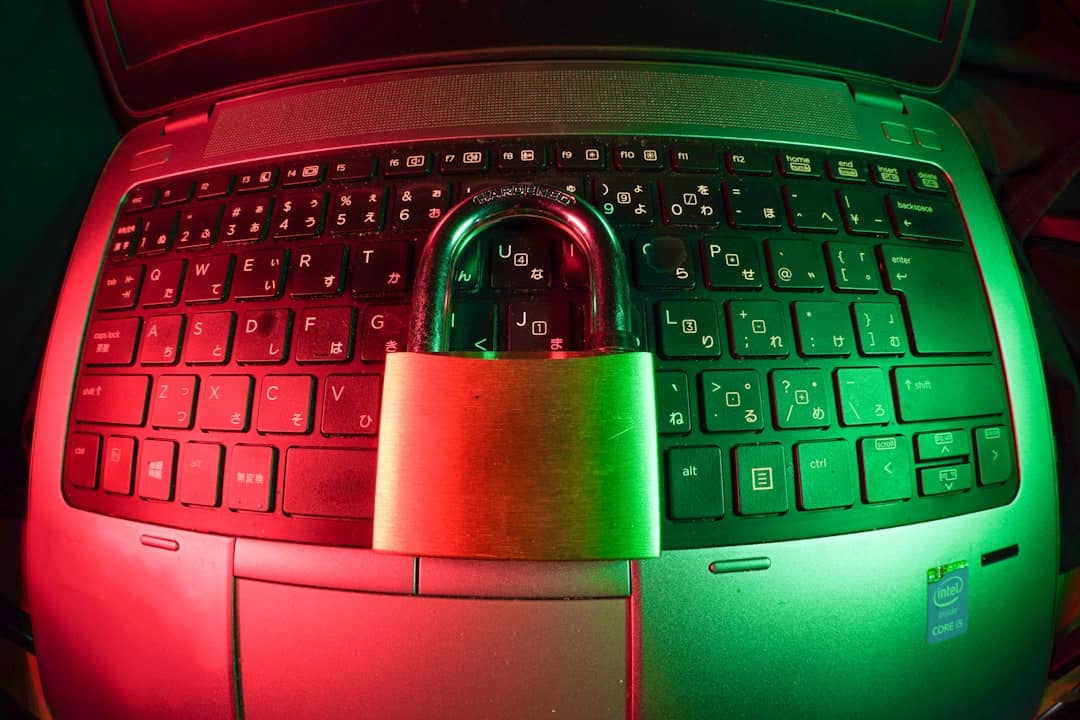Brute force attacks are a prevalent hacking technique used to gain unauthorized system or account access. This method involves systematically attempting every possible password or encryption key combination until the correct one is identified. While straightforward, it can be time-intensive and requires significant computational resources.
Brute force attacks are applicable to cracking passwords, encryption keys, and cryptographic hash functions. Although manual execution is possible, these attacks are typically automated using specialized software or scripts. The consequences of successful brute force attacks can be severe for both individuals and organizations.
They may result in unauthorized access to sensitive data, financial losses, and reputational damage. Understanding the risks associated with brute force attacks is essential for individuals and businesses alike. To mitigate these threats, it is crucial to implement strong, unique passwords, utilize multi-factor authentication, and regularly update security measures to stay ahead of potential attackers.
Key Takeaways
- Brute force attacks are a common method used by hackers to gain unauthorized access to systems by trying all possible combinations of passwords or encryption keys.
- Kali Linux is a powerful and popular operating system for penetration testing and ethical hacking, equipped with a wide range of tools for various security testing purposes.
- Kali Linux can be used for brute force attacks on different protocols and services, such as SSH, FTP, and web applications, to test the strength of passwords and security measures.
- Protecting against brute force attacks involves implementing strong password policies, using account lockout mechanisms, and employing intrusion detection systems to monitor and block suspicious activities.
- When using Kali Linux for brute force attacks, it is important to consider the legal and ethical implications, as unauthorized access to systems and networks is illegal and unethical.
Understanding Kali Linux and its Power
Kali Linux is a powerful and versatile operating system that is specifically designed for penetration testing and digital forensics. It is based on Debian and includes a wide range of tools for conducting security assessments, including tools for network analysis, vulnerability scanning, and password cracking. Kali Linux is widely used by security professionals, ethical hackers, and researchers to test the security of systems and networks and identify potential vulnerabilities.
One of the key features of Kali Linux is its support for a wide range of hardware and software platforms, making it a flexible tool for security testing in various environments. It also includes a customizable interface and extensive documentation, making it accessible to both experienced security professionals and those new to the field. Kali Linux is regularly updated with new tools and features to keep up with the latest security threats and trends, making it an essential tool for anyone involved in cybersecurity.
Using Kali Linux for Brute Force Attacks

Kali Linux includes several tools that can be used for conducting brute force attacks, including Hydra, Medusa, and THC-Hydra. These tools are designed to automate the process of trying multiple passwords or encryption keys to gain unauthorized access to a system or account. They can be used to target a wide range of services and protocols, including SSH, FTP, HTTP, and database servers.
Kali Linux also includes tools for password cracking, such as John the Ripper and Hashcat, which can be used to crack encrypted password hashes. When using Kali Linux for brute force attacks, it is essential to have a clear understanding of the target system or service and the potential risks and legal implications of conducting such an attack. It is crucial to obtain proper authorization before conducting any security testing or penetration testing, as unauthorized access to systems or networks can have serious legal consequences.
Additionally, it is important to use these tools responsibly and ethically, ensuring that any vulnerabilities or weaknesses identified are reported and addressed promptly.
Protecting Against Brute Force Attacks
| Metrics | Data |
|---|---|
| Number of failed login attempts | 256 |
| Number of successful login attempts | 1245 |
| Number of blocked IP addresses | 15 |
| Time period for account lockout | 30 minutes |
There are several steps that individuals and organizations can take to protect themselves against brute force attacks. One of the most important measures is to use strong, unique passwords for all accounts and services. This includes using a combination of uppercase and lowercase letters, numbers, and special characters to create complex passwords that are difficult to guess or crack.
Implementing multi-factor authentication can also provide an additional layer of security by requiring users to provide a second form of verification, such as a code sent to their mobile device, in addition to their password. Regularly updating software and systems is also crucial for protecting against brute force attacks, as outdated software may contain vulnerabilities that could be exploited by attackers. Implementing rate limiting and account lockout policies can help prevent brute force attacks by limiting the number of login attempts allowed within a certain timeframe and locking out user accounts after a certain number of failed login attempts.
Additionally, monitoring system logs and network traffic can help identify potential brute force attacks in progress and take action to mitigate the threat.
Legal and Ethical Considerations
When using Kali Linux for security testing or penetration testing, it is essential to consider the legal and ethical implications of conducting such activities. Unauthorized access to systems or networks is illegal and can result in severe legal consequences, including fines and imprisonment. It is crucial to obtain proper authorization before conducting any security testing, whether it is for personal or professional purposes.
This may involve obtaining written permission from the owner or administrator of the target system or network and clearly defining the scope and limitations of the testing. Ethical considerations are also important when using Kali Linux for security testing. It is essential to use these tools responsibly and with integrity, ensuring that any vulnerabilities or weaknesses identified are reported to the appropriate parties so that they can be addressed promptly.
It is also important to respect the privacy and confidentiality of individuals and organizations when conducting security testing, avoiding any actions that could cause harm or disruption. By approaching security testing with a strong ethical framework, individuals and organizations can help ensure that their activities contribute to improving overall security rather than causing harm.
Tools and Techniques for Brute Force Attacks with Kali Linux

Kali Linux includes a wide range of tools and techniques that can be used for conducting brute force attacks. Hydra is a popular tool included in Kali Linux that supports various protocols and services, including SSH, FTP, HTTP, SMB, and more. It allows users to automate the process of trying multiple passwords or encryption keys to gain unauthorized access to a target system or account.
Medusa is another tool included in Kali Linux that supports parallelized login brute forcing attacks against a variety of network protocols, including FTP, HTTP, IMAP, MS-SQL, MySQL, SSH, SMTP, SNMP, VNC, etc. In addition to these tools, Kali Linux includes John the Ripper and Hashcat for password cracking. John the Ripper is a fast password cracker that supports several encryption algorithms and can be used to crack password hashes obtained from a variety of sources.
Hashcat is another powerful password cracking tool that supports multiple hashing algorithms and can leverage the power of GPUs to accelerate the cracking process. These tools can be used to test the strength of passwords and identify weak or vulnerable accounts within an organization.
Harnessing the Power of Kali Linux for Brute Force Attacks
In conclusion, Kali Linux is a powerful tool for conducting security testing and penetration testing, including brute force attacks. It includes a wide range of tools and techniques that can be used to identify potential vulnerabilities in systems and networks and test the strength of passwords and encryption keys. However, it is crucial to approach these activities with a strong understanding of the legal and ethical considerations involved in conducting security testing.
By using Kali Linux responsibly and ethically, individuals and organizations can harness its power to improve overall security and protect against potential threats. With proper authorization and a clear understanding of the risks involved, Kali Linux can be an invaluable tool for identifying weaknesses in systems and networks and taking proactive steps to address them.
If you are interested in learning more about the regulatory landscape and challenges related to cybersecurity, you may want to check out this article on challenges and opportunities in the regulatory landscape. It provides valuable insights into the current state of cybersecurity regulations and the potential impact on industries.
FAQs
What is brute force in Kali Linux?
Brute force in Kali Linux refers to the process of systematically trying all possible combinations of passwords or encryption keys until the correct one is found. This is often used in hacking or penetration testing to gain unauthorized access to a system or account.
How is brute force performed in Kali Linux?
Brute force attacks in Kali Linux can be performed using various tools such as Hydra, Medusa, or Burp Suite. These tools allow the user to automate the process of trying different combinations of passwords or keys until the correct one is found.
Is brute force legal in Kali Linux?
Brute force attacks can be illegal if performed without proper authorization. It is important to only use brute force techniques in Kali Linux for ethical hacking or penetration testing purposes, with the explicit permission of the system owner.
What are the risks of performing brute force attacks in Kali Linux?
Performing brute force attacks in Kali Linux can lead to legal consequences if done without proper authorization. Additionally, it can also damage the reputation of the individual or organization conducting the attack, and can result in loss of trust and credibility.
How can I protect against brute force attacks in Kali Linux?
To protect against brute force attacks in Kali Linux, it is important to use strong and unique passwords, implement account lockout policies, and use multi-factor authentication. Additionally, regularly monitoring and logging login attempts can help detect and prevent brute force attacks.











Leave a Reply